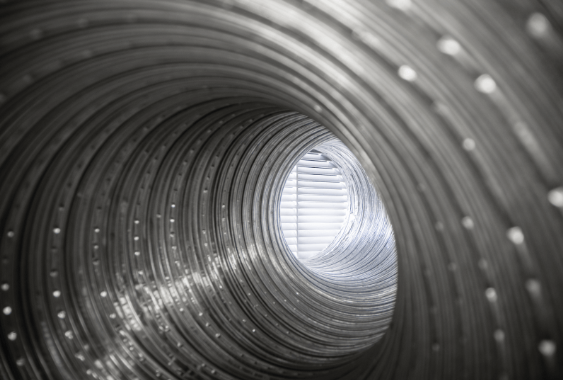Disinfection & Deodorization

Disinfecting homes and offices
Our technicians use a special antimicrobial treatment to get rid of any foul-smelling bacteria and to leave your property smelling fresher. Our sanitization methods create a protective seal on your duct's lining to deter future bacterial growth.
Our clients come back every year!
What more can ya ask for? Another great canadian business. And good deal!
Whole-Home Disinfection

Professional Service
Our background-checked, trained and certified technicians will answer every question before, during, and after your whole home sanitization service is complete.
Minimize risk of contaminants
Every portion of your home is properly disinfected and kept safe from dangerous contaminants: Salmonella infection, Natural-occurring fungus, Microbial infections, Pneumonia, COVID-19, E. coli, and Bacteria that causes Staph Infection.